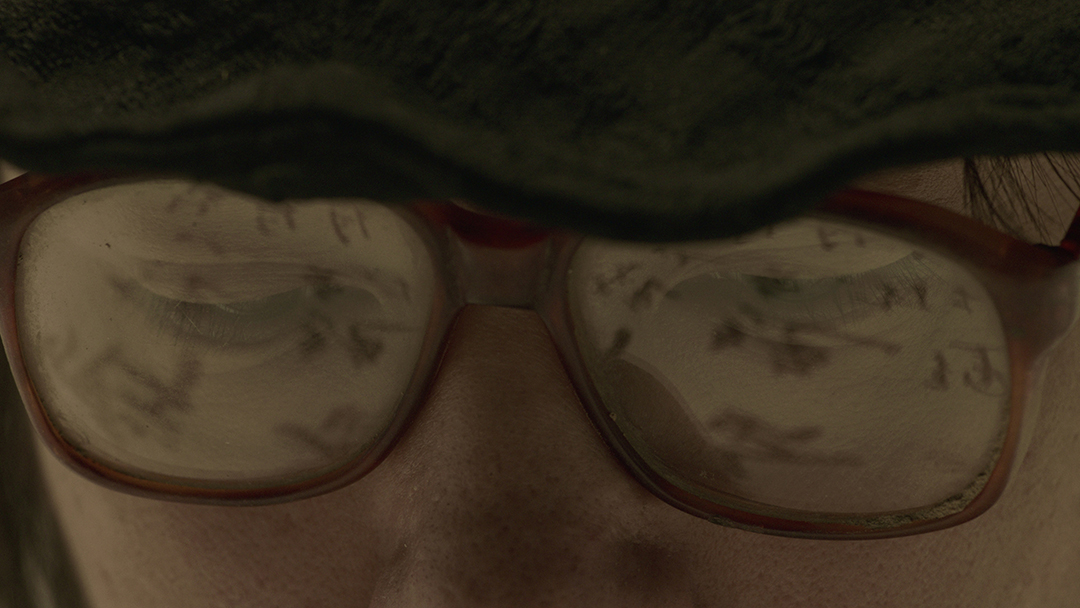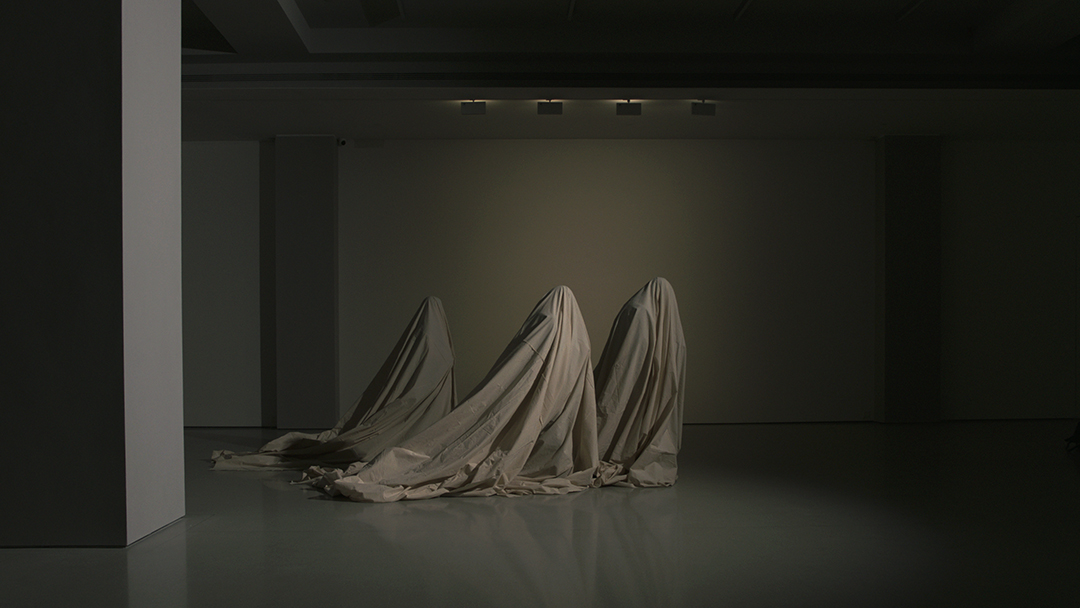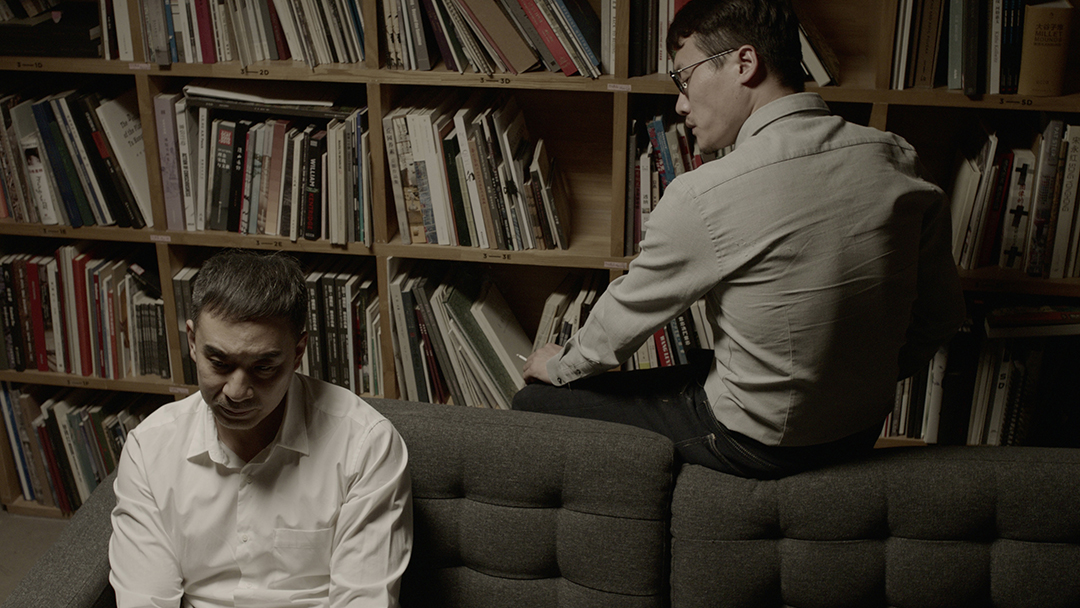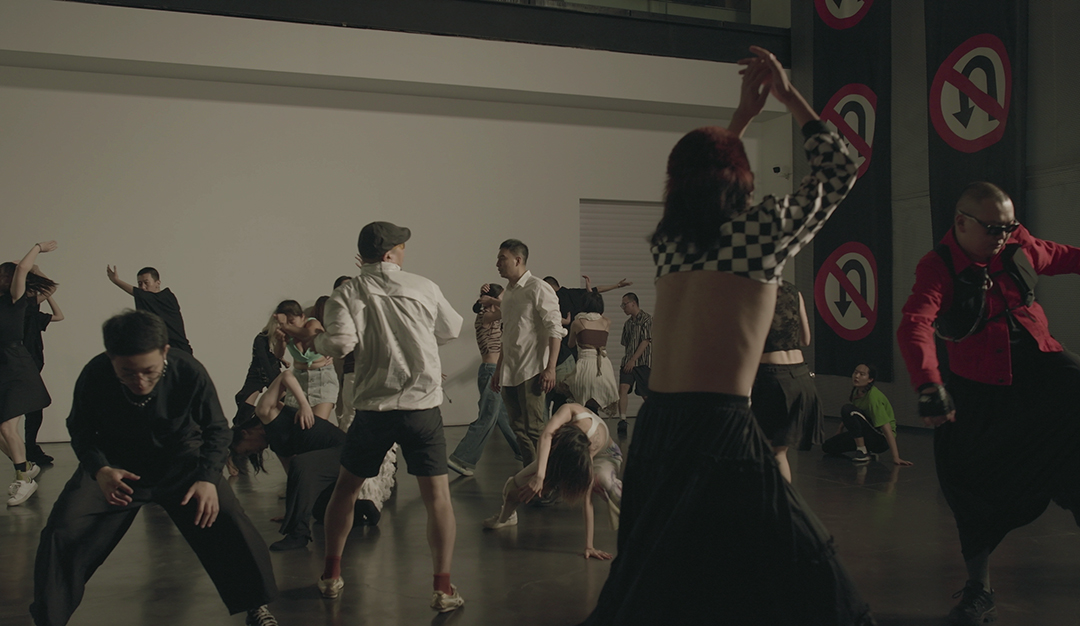Award winner K21 Global Art Award 2024
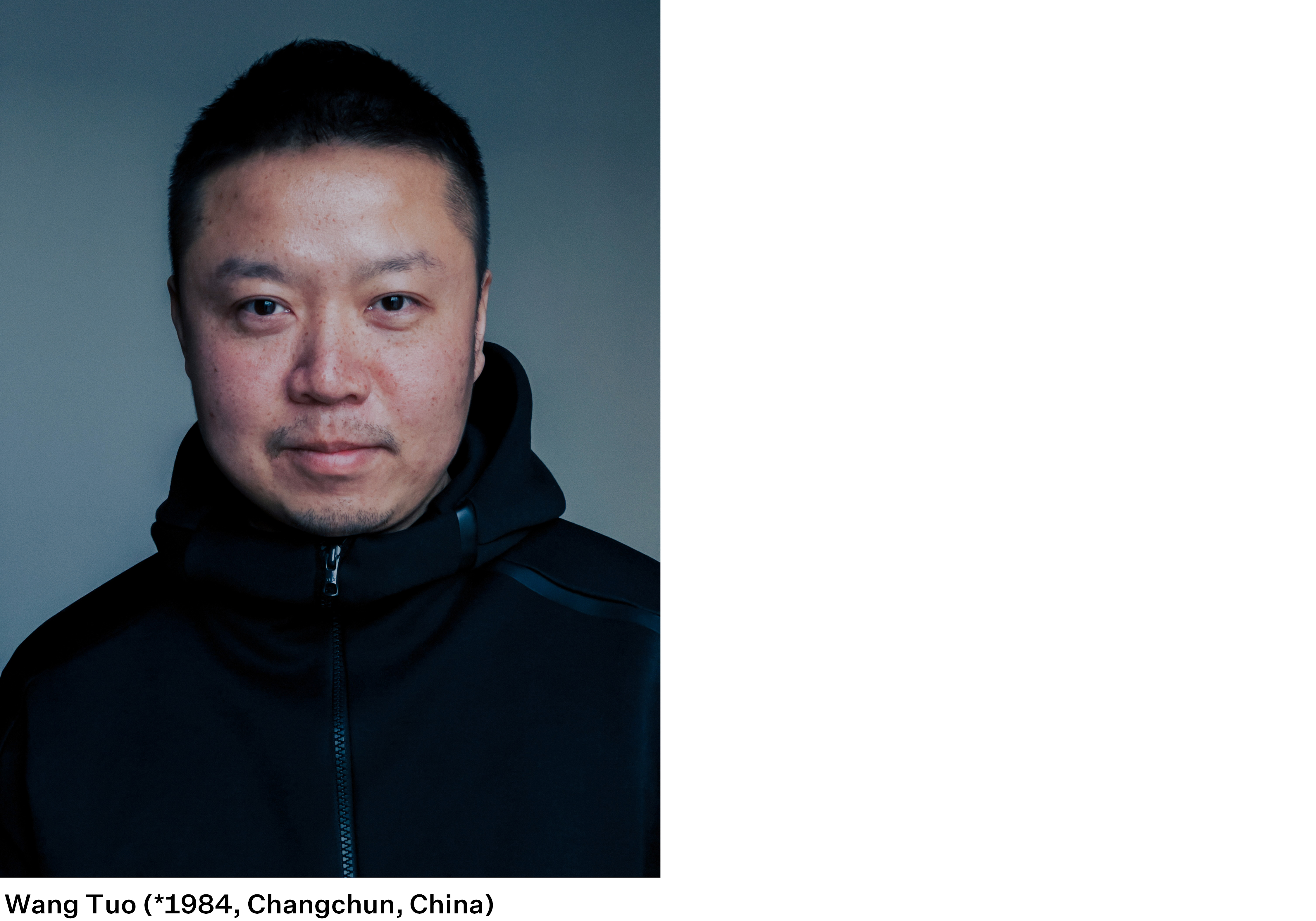
The Friends of K20 K21 and the Kunstsammlung Nordrhein-Westfalen are delighted to announce this year’s winner of the K21 Global Art Award, Wang Tuo (*1984 in Changchun, China). The award includes the purchase of the multi-channel video installation The Second Interrogation (2022), which will be on view at K21 from May 24, 2024. The purchasing jury thus decided in favor of the artist nominated by Doryun Chong (Deputy Director and Chief Curator of M+ in Hong Kong).
Wang Tuo weaves historical facts, cultural archives, fiction, and mythology into speculative narratives. Equating his practice to novel writing, he stages interventions in historical literary texts and cultural archives to formulate stories that blur the boundaries of time and space, fact and imagination. Through film, performance, painting, and drawing, the artist’s work is a powerful examination of modern Chinese and East Asian history. The multidimensional chronologies he constructs, interspersed with conspicuous and hidden clues, expose the underlying historical and cultural forces at work within society. Through historical inquiry, Wang’s often unsettling and dramatic works disentangle the collective unconscious and historical traumas. His more recent work critiques contemporary conditions of censorship, more specifically the tensions within the push and pull between artist and authority.
Wang Tuo most recently presented the solo exhibitions Wang Tuo: “The Second Interrogation” at Blindspot Gallery in Hong Kong (2023), “Wang Tuo: Empty-handed into History” at UCCA in Beijing (2021), “Standing at the Crossroads” at White Space in Beijing (2020), “WANG Tuo: Smoke and Fire” at the Present Company in New York (2019), “The Monkey Grammarians” at the Salt Project in Beijing (2017) and “A Little Violence of Organized Forgetting” at Taikang Space in Beijing (2016).
His works have been shown in numerous international group exhibitions, including Sigg Prize 2023 at the M+ Museum in Hong Kong (2023), “MMCA Asia Project - Looking for another family” at the National Museum of Modern and Contemporary Art in Seoul (2020), “Frequencies of Tradition” at the Incheon Art Platform (2021), The 13th Shanghai Biennale “Bodies of Water” at the Power Station of Art in Shanghai (2021), “The Circular Impact: Video Art 21” at OCAT in Shenzhen and Shanghai (2021), “Psyche and Politics” at the Staatliche Kunsthalle Baden-Baden (2019), “Forget Sorrow Grass: An Archaeology of Feminine Time” at the Times Museum in Guangzhou (2019), “New Metallurgists” at the Julia Stoschek Foundation in Düsseldorf (2018), “Nine” at the Queens Museum in New York (2017), “One Northeast” at the Zarya Centre for Contemporary Art in Vladivostok (2018) and “The Real Thing” at the National Taiwan Museum of Fine Arts in Taichung City.
He received the China Top Shorts and the Outstanding Art Exploration Awards at the Beijing International Short Film Festival 2018. Wang Tuo is also the recipient of the Three Shadows Photography Award 2018 and the Youth Contemporary Art Wuzhen Award 2019. As part of the OCAT x KADIST Media Artist Prize 2020, he was awarded a research residency at KADIST in San Francisco. In January 2024, he received the Sigg Prize 2023 for his multi-channel installation „The Northeast Tetralogy“ (2018–2021).
The Second Interrogation
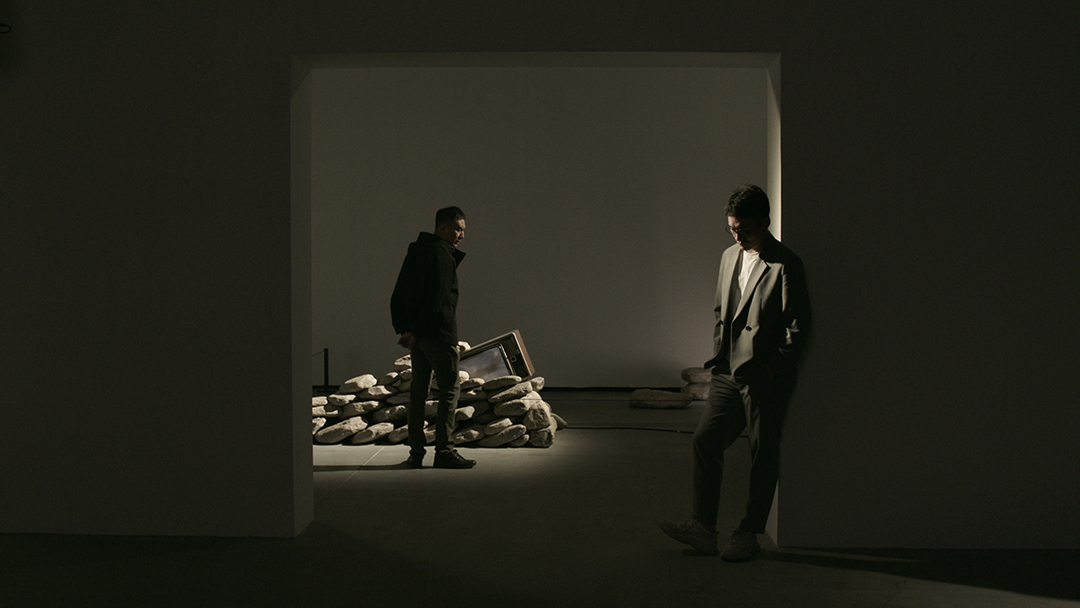
Wang Tuo´s two-part video installation The Second Interrogation consists of an intergenerational dialogue about the premises for creating art. It is concerned with the freedom of art, the freedom of artists, as well as how art is bound to its specific historical and political situation. Should art be explained in light of the situation, or does art define the situation anew? Is it merely a mirror of its times, or is it a motor of social development? Wang Tuo discusses these fundamental issues from his own perspective, which is to say that of an artist working in China today.
To this end, in the first part he takes two fictional characters: a successful contemporary Chinese artist and a long-standing employee of the state censorship board. A conversation develops between them in which it is evident that both are experts on contemporary art practice, each in their own way. Due to their respective roles in the system, the diverging positions of the two protagonists appear on first sight clearly set out. Yet in the course of conversation it becomes apparent that it is the artist whose art - even if it sometimes appears critical – serves to stabilize the social and political system. The censor, on the other hand, proves in fact to be the one who levels a critique at society during the conversation, who insists on the freedom of art and agrees that it should not merely stabilize but also change society. The artist now appears to become the censor and the censor the advocate of art.
In the second part, the fictional artist is seen working on a contemporary reinterpretation of a performance series from 1989, which took place at the National Art Museum in Beijing as part of the China/Avant-Garde exhibition. The authorities promptly closed the exhibition – from which they had explicitly banned performance art – after the artist Xiao Lu shot twice at her own work with a pistol. In a parallel plot, the ghosts of two artists who committed suicide at different times discuss the significance of the past for the present. The year 1989 thus becomes the culminating point of the work. It marks both the beginning of a stricter crackdown on the freedom of contemporary art , and an abrupt end to the pro-democracy movement in Beijing.
While Wang Tuo´s previous video work “The Interrogation” (2017) was indeed about police interrogation techniques, “The Second Interrogation” is about an internal process of self-examination within the art system. While the play between the different levels on which the protagonists enact their roles might be strongly colored by the current social climate in China, the question of how far artists honestly reveal their motives, the extent to which they are truly criticizing society or simply acting as if, concerns the entire field of international contemporary art. And once again the question arises as to whether and in what form an artist is merely acting within the art system, or whether he or she is breaking the mould. In other words, whether their art is merely a reflection of the historical situation, or whether it defines a new one - and thus whether it makes a difference or not.
Acquisition
